Nepal is going through one of the most turbulent periods in its recent history. What began as a simple ban on social media ended up igniting years of pent-up discontent. And it was young people, mostly from the so-called Generation Z, who decided it was time to take to the streets.
What happened to social media?
The government blocked platforms such as Facebook, Instagram, WhatsApp, YouTube, and X because, according to the authorities, they had not complied with legal requirements. For young people, this was the last straw: being left without social media in a country where millions depend on it to communicate with family members abroad was unbearable.
Under pressure, the government lifted the ban, but it was too late: the outrage had turned into a much broader movement against corruption, inequality, and lack of opportunities.
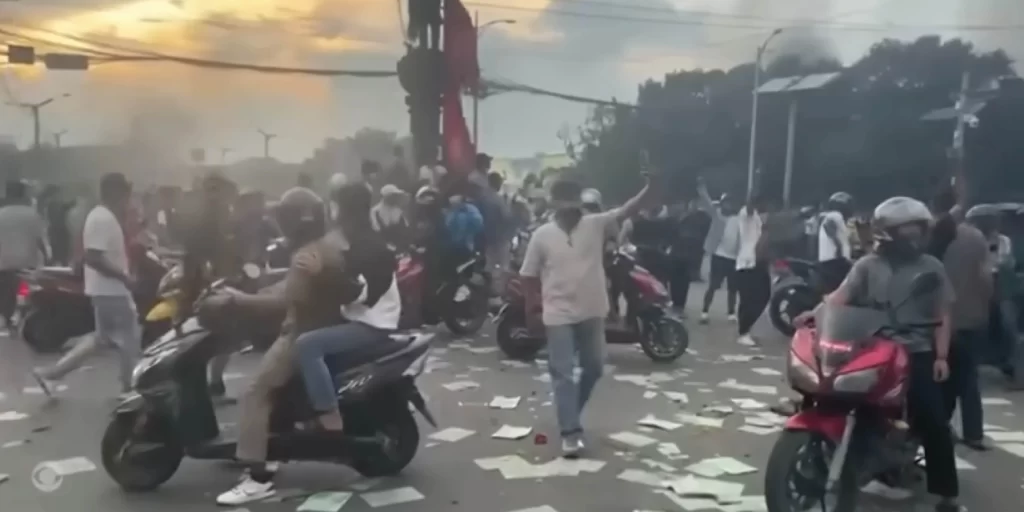
A country that expels its young people
Finding work in Nepal is almost impossible. Although official figures put unemployment at 12.6%, the reality is much harsher, especially for young people. Every day, more than a thousand Nepalese pack their bags to go and work in the Persian Gulf, Malaysia, or India.
The remittances they send home sustain a large part of the economy: in 2024, they accounted for more than 26% of GDP, some $11 billion. That money supports households, pays for education, and covers basic expenses. But at the same time, it leaves Nepal without a large part of its young and productive population.
Corruption and “Nepo Kids”
If there is one thing that unites this generation in its protest, it is anger against corruption. Million-dollar scandals, unfinished public works, and enriched politicians have left young people with no confidence in the system.
Social media—before it was blocked—was filled with posts denouncing the so-called “Nepo Kids”: the children of political leaders who flaunt their luxurious lifestyles while the rest of the country struggles to pay for rice, medicine, or college tuition.
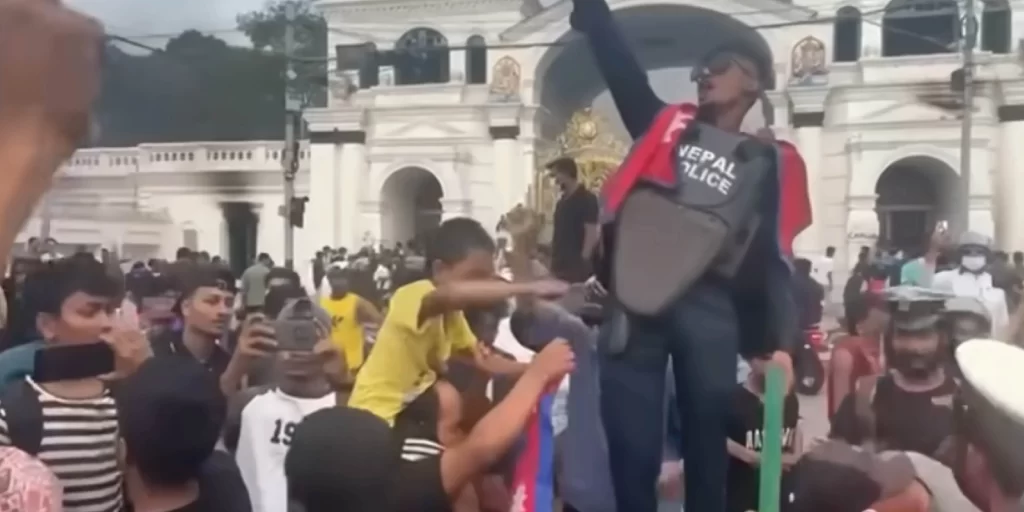
The spark turns into a fire
What began with banners and slogans quickly escalated. Protesters set fire to the Parliament, government offices, and the homes of several leaders, including Prime Minister K.P. Sharma Oli himself. Kathmandu International Airport had to be temporarily closed due to the unrest.
The crackdown was brutal: water cannons, tear gas, and even live ammunition. At least 25 people were killed and hundreds were injured.
Under pressure, Oli resigned along with several ministers, but the demonstrations did not stop. For many, it is not just a matter of changing the names in power, but of transforming a system they feel is exhausted.
An uncertain future
Nepal’s youth seem to have lost patience. Their message is clear: they no longer want to be spectators in a political game where the same leaders take turns in power without offering real solutions.
What is happening in Nepal is not just a protest on social media. It is the explosion of years of frustration accumulated due to the lack of opportunities, corruption, and the disconnect between a privileged political elite and a population struggling to survive.
The question that remains is: will this be the turning point that leads Nepal toward real change, or just another episode in its long history of instability?







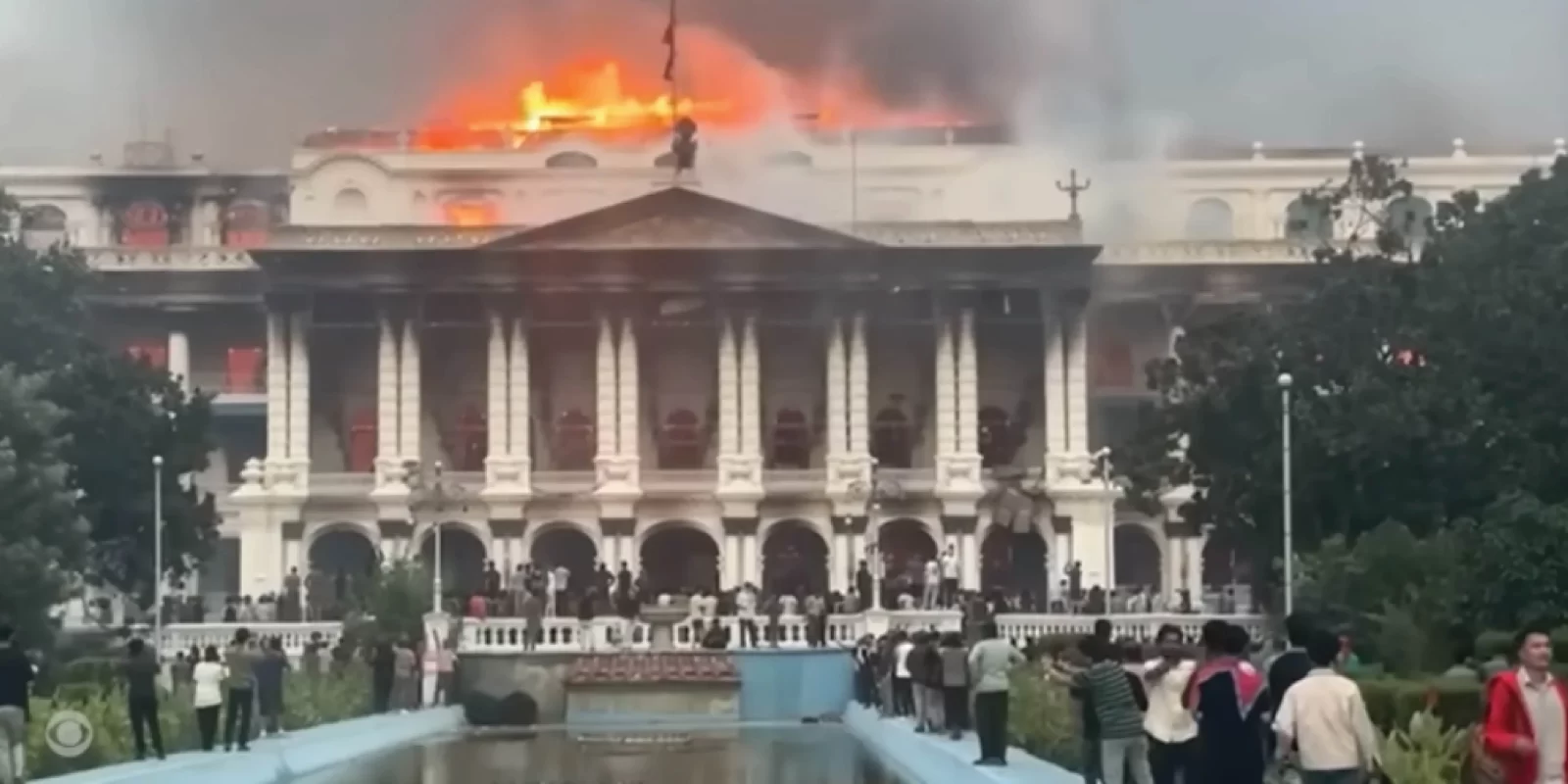




















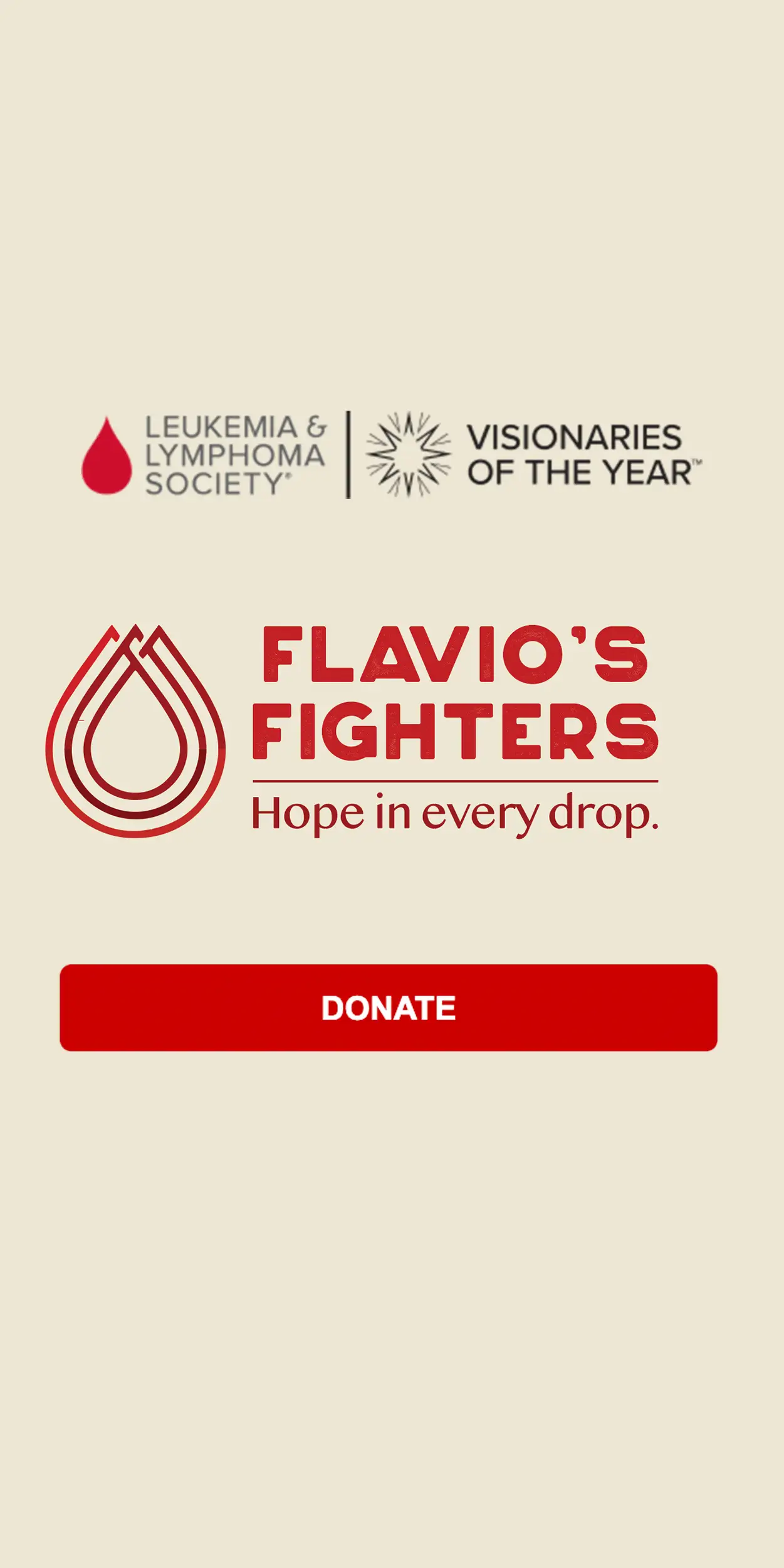





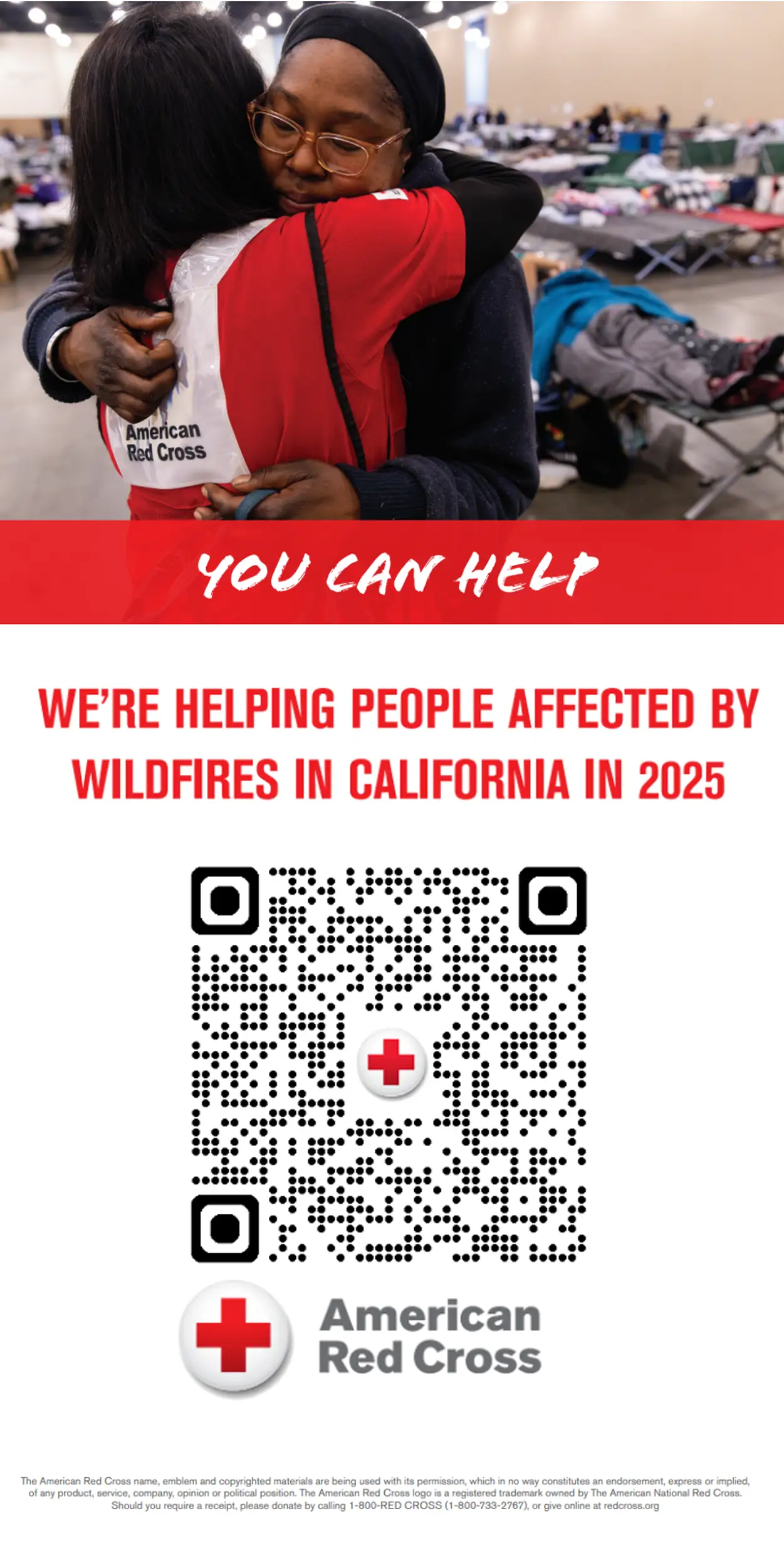

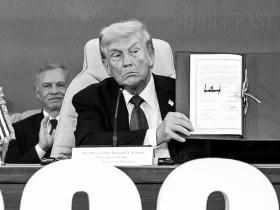

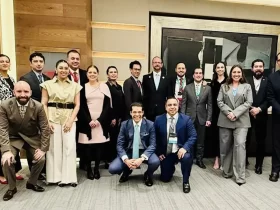
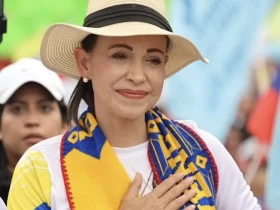
Leave a Reply